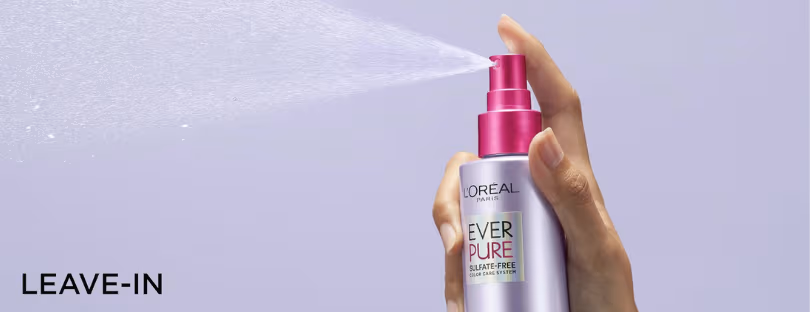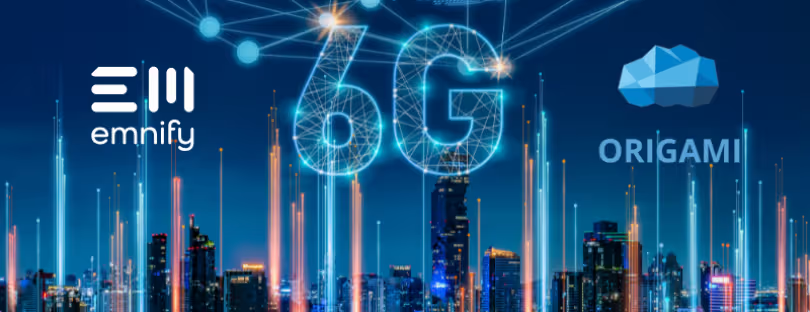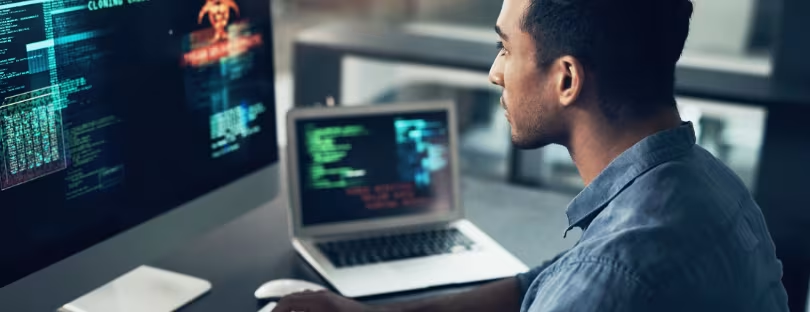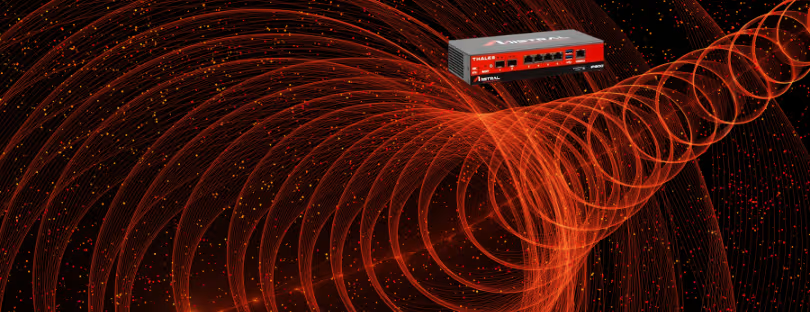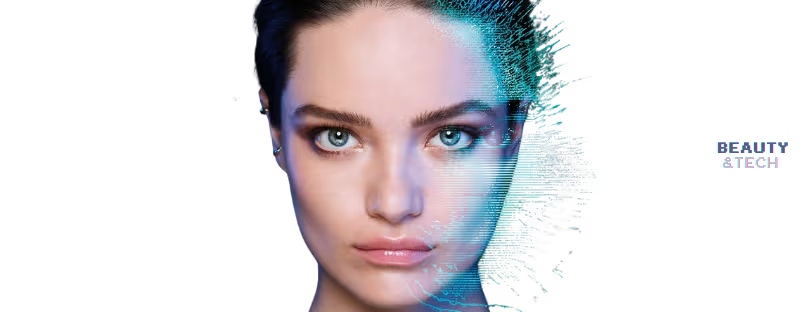
Tech in Beauty: How Gadgets, AI and Apps Quietly Took Over Your Skincare Routine
Ten years ago, if you told someone their beauty routine would involve LED wavelengths, AI-powered skin scans, virtual try-ons, and gadgets that literally talk to their phone, they’d probably think you were pitching a sci-fi movie. Beauty was creams, serums, brushes, maybe a jade roller if you were feeling fancy. But look around today, and half of our routines involve something that needs to be charged. Somewhere along the way, tech didn’t just enter beauty—it blended into it so naturally that most people didn’t even realize the shift was happening.
Let’s dig into how this crossover happened, why it works so well, and why it’s becoming one of the most exciting transformations in the beauty world.
Your Face Is Data Now
This sounds dramatic, but stay with me. One of the biggest changes in the beauty industry is the idea that your skin can now be measured, mapped and analyzed with surprising accuracy. AI skin analysis tools are everywhere: online stores, beauty salons, skincare apps — even inside some in-store mirrors if you walk into the right place.
You open your camera and suddenly your phone is telling you more about your skin than you ever knew. It can spot dehydration before you feel it, identify pigmentation you never noticed, measure the size of your pores, and even estimate future wrinkle development. It’s oddly humbling, but it’s also empowering.
Instead of guessing which serum might fix dryness, you’re getting recommendations based on actual skin data — not trends, not influencer hype, but measurable indicators. It’s skincare with receipts. And people love it because, honestly, nobody has time to waste money on the wrong products anymore.
AR Try-Ons Solved a Huge Online Shopping Problem
Buying makeup online used to be chaos. You’d see a lipstick shade on the model and think, “That’ll look good on me,” only to receive it and discover you now resemble an orange traffic cone. AR changed everything.
With virtual try-on tools, you just turn on your camera and swipe through shades like you’re testing filters. Lipsticks, foundations, eyeliners—you can practically do a full makeover without touching your face. This feels normal now, but only because it works so well.
It’s accurate enough that people trust it. Brands love it because fewer products get returned. Consumers love it because it feels like shopping with a built-in safety net. It’s like having a beauty counter right in your living room, minus the awkward pressure of someone telling you that every product “looks amazing.”
The Rise of Beauty Gadgets: From Cute to Sci-Fi
This is the part where beauty tech gets really fun. Tools used to be simple: brushes, sponges, tweezers. Today, your bathroom might contain devices that wouldn’t look out of place on a spaceship.
LED masks glow in neon colors and claim to target everything from acne to aging. Microcurrent tools send gentle electrical signals into your skin to tone muscles. Smart hairdryers measure heat levels hundreds of times per second to prevent damage. Ultrasonic cleansing devices promise deeper cleaning than you can get manually. Even face steamers have evolved into sleek, app-connected machines.
Some gadgets are gimmicks, sure—every industry has those—but many are backed by real science and real results. The point is that tech made skincare feel advanced, personalized, and… let’s be honest, kind of fun. There’s something satisfying about using tools that feel like they belong in a futuristic spa.
Personalization Is the New Luxury
If there’s one word the beauty industry can’t get enough of, it’s “personalization.” And tech didn’t just help with personalization — it made it actually meaningful.
Before, personalization usually meant picking between “dry,” “oily,” or “combination” skin. Now it can mean:
- a serum mixed specifically for your skin concerns
- AI-guided routines that change depending on weather conditions
- foundations matched to your exact undertone with a quick scan
- ingredient breakdowns based on your skin’s unique needs
- apps that track your progress with each product
Beauty stopped being one-size-fits-all because tech made it possible to give everyone their own tailored experience. And once people got a taste of that level of customization, there was no going back.
Social Media Made Beauty Tech Go Viral
Here’s the truth: beauty tech might’ve stayed niche if it weren’t for TikTok and Instagram. One viral video can sell out a gadget in hours. It’s not just about results—it’s about aesthetics. LED masks look futuristic. Microcurrent devices look oddly satisfying. Ice globes are mesmerizing. Anything that glows, vibrates, pulsates, or gives a before/after moment has instant viral potential.
Social media made beauty routines entertaining, and tech devices naturally fit that vibe. They’re visual, they’re dynamic, and they’re fun to watch—perfect for content creators. Suddenly, beauty tech wasn’t just a tool. It was a trend.
Beauty Brands Are Now Acting Like Tech Companies
This is the part nobody expected, but it makes sense. When technology started reshaping the beauty experience, big brands leaned in hard.
L’Oréal has entire teams dedicated to AI and digital innovation. Estée Lauder invests in AR and virtual experiences. Smaller indie brands partner with tech startups to build apps, devices, and analysis tools. It’s no longer about selling a product—it’s about building an ecosystem around that product.
The line between beauty and tech is so blurred now that some beauty companies operate more like tech labs than cosmetic brands. And honestly? Consumers are benefiting from it.
Why This Shift Actually Makes Sense
At first glance, beauty and tech seem like very different worlds. One is emotional, sensory, personal. The other is logical, data-driven and precise. But that combination is exactly why the merge works.
Beauty is deeply individual. Tech makes individualization scalable.
Beauty relies on visual results. Tech makes results measurable.
Beauty is emotional. Tech brings clarity and confidence.
People don’t want more products — they want products that work for them. Tech gave the beauty industry the tools to finally deliver on that.
| Major Global Beauty-Tech Leaders | Hardware & Device Innovators (1) | Hardware & Device Innovators (2) | AR, AI & Digital Beauty Pioneers | Personalized Skincare Tech Brands | Tech-Forward Beauty Retailers | Indie Innovators & Special Mentions |
|---|---|---|---|---|---|---|
| L’Oréal | Dyson | Ziip Beauty | Perfect Corp (YouCam) | Curology | Sephora | OPTE (P&G Ventures) |
| Shiseido | Foreo | Therabody (Theraface) | Modiface (L’Oréal) | SkinCeuticals Custom D.O.S.E | Ulta Beauty | Droplette |
| Estée Lauder Companies | NuFace | CurrentBody | Revieve | Atolla (Function of Beauty) | ReFa | |
| Haut.AI | Proven Skincare | Solawave | ||||
| Tineco | ||||||
| La Roche-Posay My Skin Track UV |
What’s Next for Beauty Tech?
If the present feels futuristic already, the future is even more interesting. We’re heading toward:
- AI routines that adapt daily like a fitness plan for your skin
- tools that monitor stress levels through your complexion
- devices that personalize LED or microcurrent settings automatically
- apps that connect your diet, sleep, environment and skincare together
- fully smart bathrooms that track hydration, UV exposure and skin health
It’s going to feel normal sooner than you think.
And that’s the fun part: beauty tech isn’t about replacing the products we love. It’s about enhancing them, making them smarter, and giving us beauty routines that make sense for real life.
If you ever wanted proof that the beauty industry is evolving fast, just open your bathroom drawer. If anything in there needs to be charged, updated, synced or scanned… well, welcome to the future of beauty.







